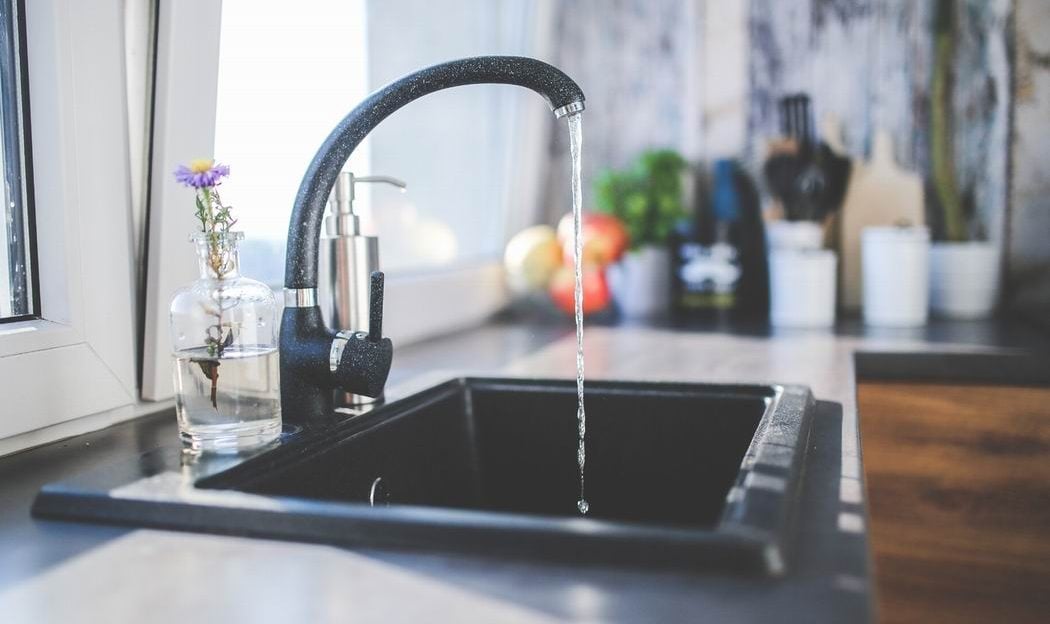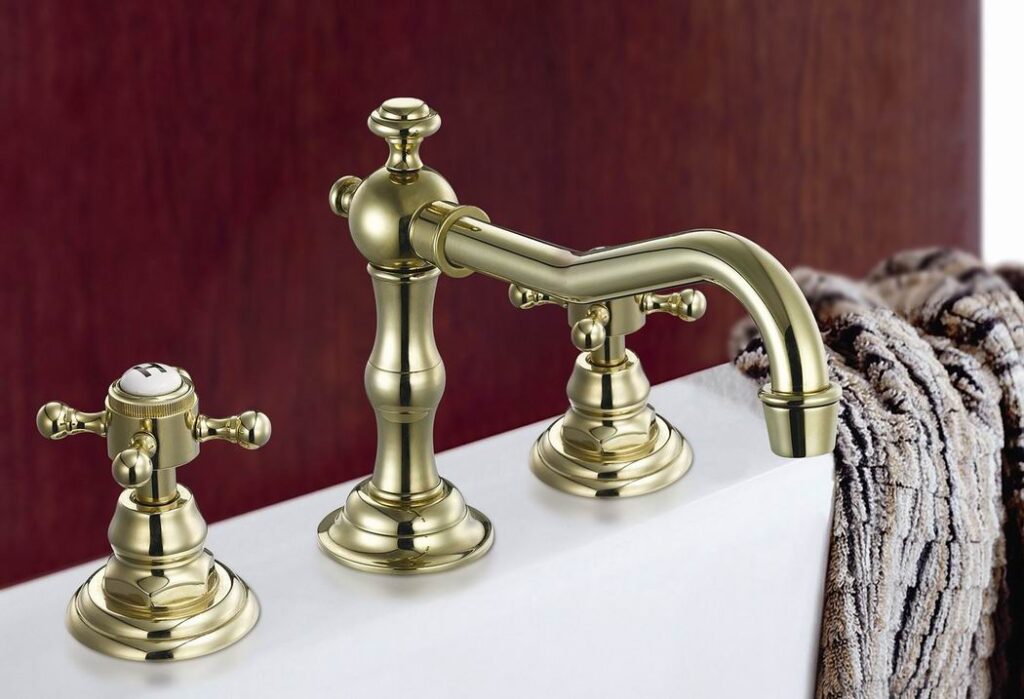 Think your toilet tops the list of germiest places in your home? Think again. Yes, it’s a hot spot, but there are more germs lurking in other areas, some of them ones that you wouldn’t even expect.
Think your toilet tops the list of germiest places in your home? Think again. Yes, it’s a hot spot, but there are more germs lurking in other areas, some of them ones that you wouldn’t even expect.
And that can be a problem, because it can lead to illness. That’s why it’s good to know where the germs hide — and the best ways to get rid of them — so that you’ll have a healthier home for everyone.
Of course, many of the thousands of microscopic germs we come in contact with each day are harmless, but some are not. With that in mind, here are the top 10 germiest places in your home, according to the not-for-profit consumer protection organization NSF International (National Sanitation Foundation), along with tips on how to keep them clean.
A note on cleaning: Diluted bleach is best for disinfecting against germs, says webmd.com, but it’s also harsh. For everyday cleaning, use white vinegar. Mix one part vinegar and nine parts water in a spray bottle or bucket. It will safely clean most surfaces and remove grease. Plus, it’s safe to use around children and pets.
#1 & 2: Kitchen sponges & sinks
Warm and moist environments (like sponges) tend to be a breeding ground for germs.
Cleaning: To reduce bacteria in a sponge, wet and then zap it in the microwave each day for 30-120 seconds to kill bacteria. Other cleaning tips here. For your sink, scrub it thoroughly with a disinfecting cleanser at least once a week; every day is better.
#3: Toothbrush holder
If your toothbrush & holder are located near your toilet, they are at risk of being contaminated by bacteria: When you flush the toilet with the lid open, particles of water, urine and feces can travel up to six feet, according to House Beautiful. Plus, we tend to neglect toothbrush holders and focus on more obvious culprits to clean, like the toilet.
Cleaning: First, flush your toilets with the lid down to minimize the spreading of germs. Put your toothbrush holder through your dishwasher’s sanitizing cycle once a week. And be sure to change out your toothbrush every three months.
If you don’t have a dishwasher, giving your holder a good wash with soapy water and disinfecting will help. And note that you should not store toothbrushes in a closed container, which will inhibit the brush from drying out and promote bacteria growth.
#4: Pet bowls
In the NSF study, 45 per cent of bowls contained mould and yeast and 18 per cent contained coliform bacteria.
Cleaning: Wash them daily, either in soapy water or in your dishwasher.
#5: Coffee reservoir
This one lands on the list partly because it’s one of those warm, moist environments and partly because most people don’t clean their coffee makers as often as they should.
Cleaning: Here’s how — and how often — you should clean yours.
#6: Bathroom faucet handle
Unless you have a touchless faucet, the handles often accumulate a lot of germs. That’s perhaps not surprising since turning on the faucet is the step between using the bathroom and washing your hands. If possible, turn the faucets off without using your hands, which you’ve just washed.
Cleaning: Going over them with a disinfectant spray or wipe daily is ideal.
#7: Pet toys
Much like your pets’ bowls, their toys harbour lots of germs. Got a dog who likes to play tug or fetch with you? Make sure you wash your hands after handling the pet toys.
Cleaning: Hard toys can be washed with soap and water and disinfected (rinse thoroughly and air dry before giving back to your pet). Soft toys can often be put through your washing machine’s sanitizing cycle.
#8: Countertops
Depositories of just about everything from food to purses, phones, mail, grocery bags, etc., our counters can easily accumulate a lot of dirt and germs.
Cleaning: Daily washing with soap and water is a start. But it’s also important to disinfect. Just make sure you use something that’s compatible with your counter surface.
#9: Stove knobs
This is another of those areas we don’t clean often enough and, as a result, they can get pretty dirty. According to the NSF study, 27 per cent of knobs tested contained mould and yeast, while 14 per cent contained coliform bacteria.
Cleaning: Once a week, remove them (if you can) and wash in soapy water.
#10: Cutting boards
Since we prepare raw foods on them, they can often have up to 200 times more bacteria than a toilet seat. A good practice is to use one board for meats and one for produce.
Cleaning: Wash thoroughly after each use, including disinfecting (rinse well). Plastic ones can go in the dishwasher.
Beyond the top 10
Not in the top 10, but still worth paying attention to are:
Cell phones: Because they go just about everywhere with us, including some who bring theirs into the bathroom, our cell phones get very dirty. We drop them on the floor, we eat next to them and we’re constantly touching them. And according to scientists at the University of Arizona, cell phones likely have 10 times more bacteria than a toilet seat.
Door knobs: As a high contact surface, door knobs get germy quickly and those germs can survive on them for quite a long time. Cleaning with soap and water will get rid of most germs, but the best defence is good hand hygiene, that is washing your hands regularly and especially after using the bathroom, before eating and when preparing food.
Towels & makeup brushes: These accumulate a build-up of germs faster than you might think. Here’s how often you should clean them and other items in your home.
Got a maintenance task you’re not sure how to do?
Drop us a line at info@allthingshome.ca or message us through Facebook.









